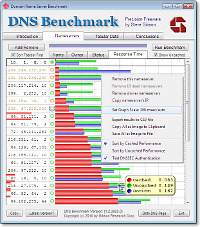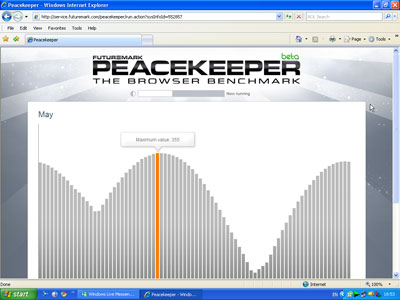

When RapydMark completes the test, you can save the result in a plain text document from the File menu. You can copy this and paste it in a text editor if required. The pane at the bottom is the log window, where the results (technical information) of each test is displayed. The CPU Thread pane towards the right edge of the screen has bars that indicate the load on the threads.Īs tests are completed, the columns of each will display the performance and the time taken for it to finish. RapydMark will begin the process, you won't see any graphics for the most part, instead you will see a progress bar of the Current test. When you are ready, hit the "Run Tests" button. This essentially reduces the load on the processor, but doing so will also slow down the completion of each test. RapydMark is set to use all available CPU threads by default, but you can uncheck it and enable half threads, or even use a single thread for the benchmarking process. So, if your computer is doesn't have powerful hardware, you should consider performing the low or medium stress level. Since the number of times the tests are run increases with medium and high stress levels, they will take significantly longer to be completed. Medium will run the tests ten times more than the low stress level, while the High stress level executes the tests 40x times. The low stress level performs the least number of iterations for each test. There are three Stress levels to choose from in RapydMark: Low, Medium and High. Click on the "Select all tests" button to check them all, or do it manually if you want to skip a few tests. The faster your computer can complete them, the better. The majority of these tests are computational benchmarks, i.e., RapydMark will run various tasks to analyze the performance of your computer.

#COMPUTER BENCHMARK TOOL ARCHIVE#
The program is portable and the archive weighs around 40MB, while the extracted folder is just over 53MB.


 0 kommentar(er)
0 kommentar(er)
